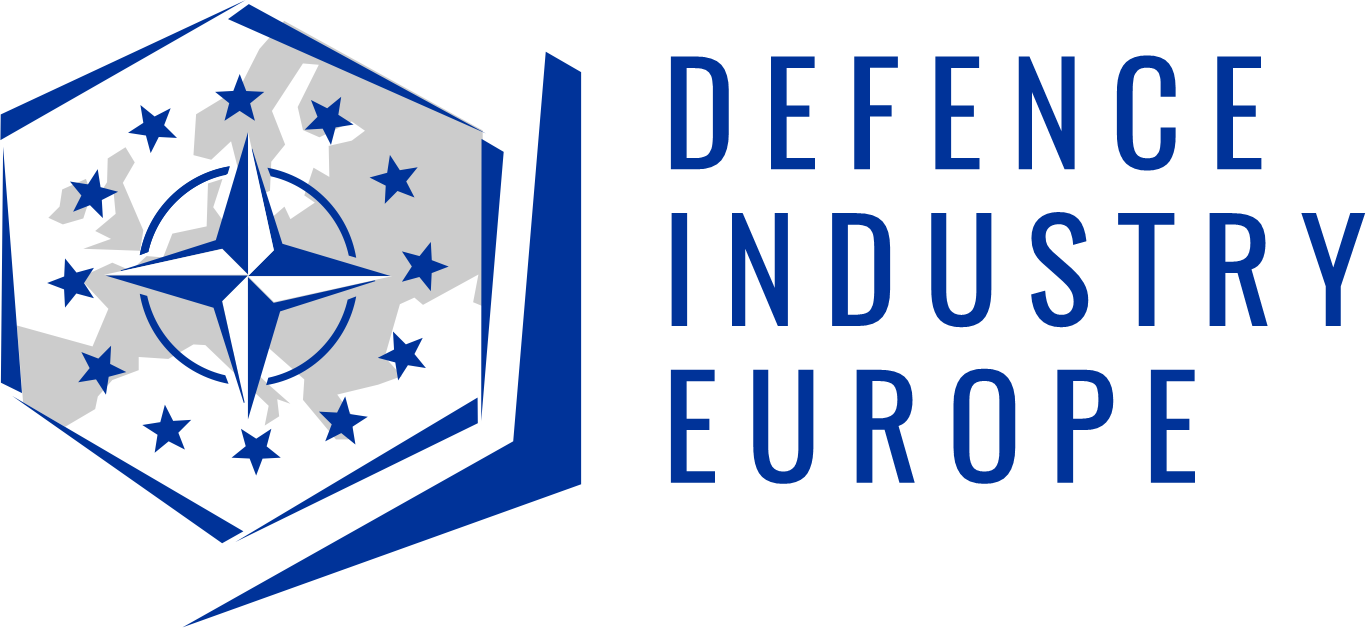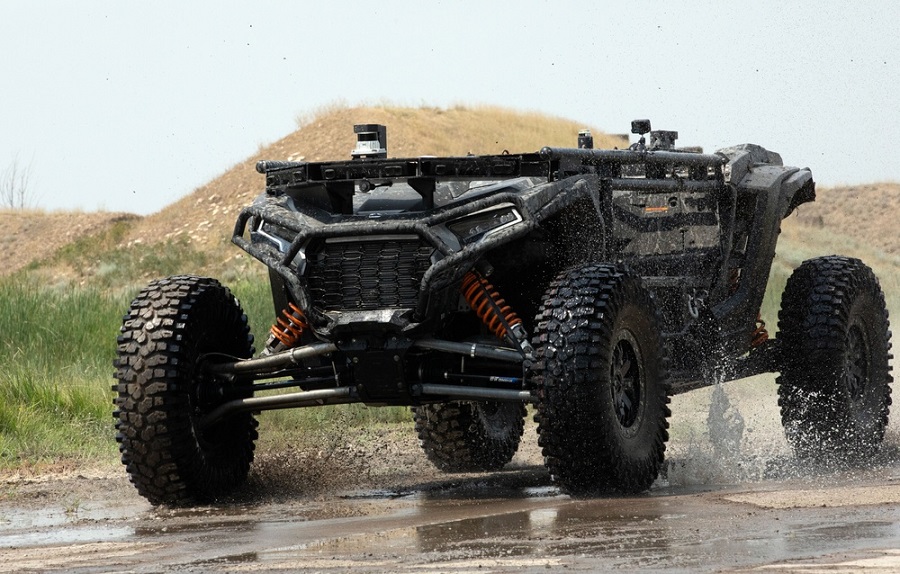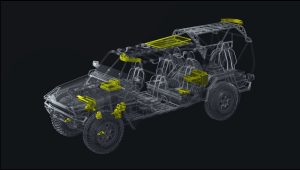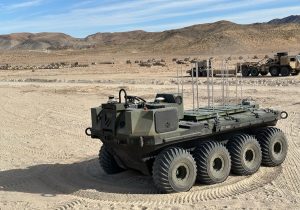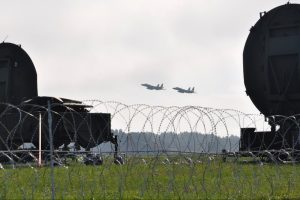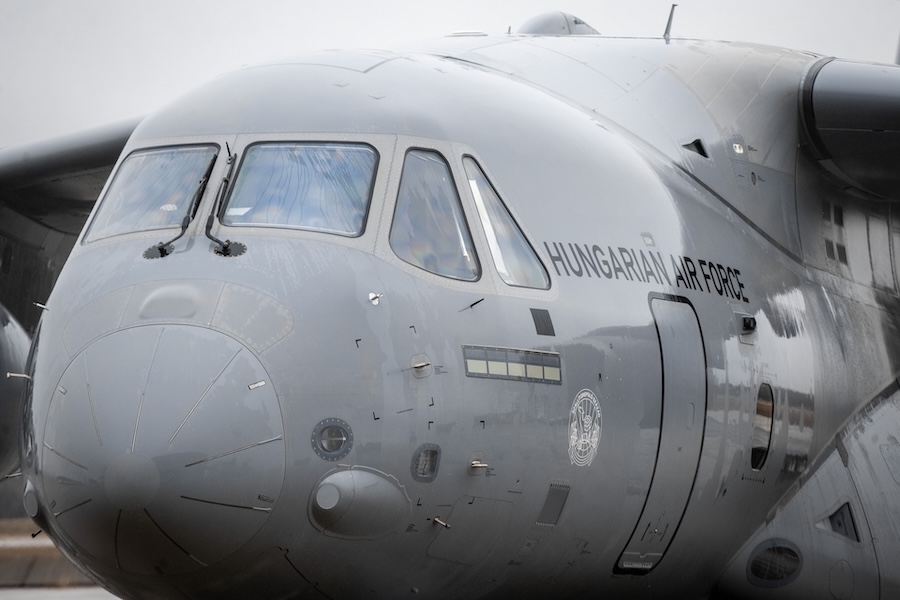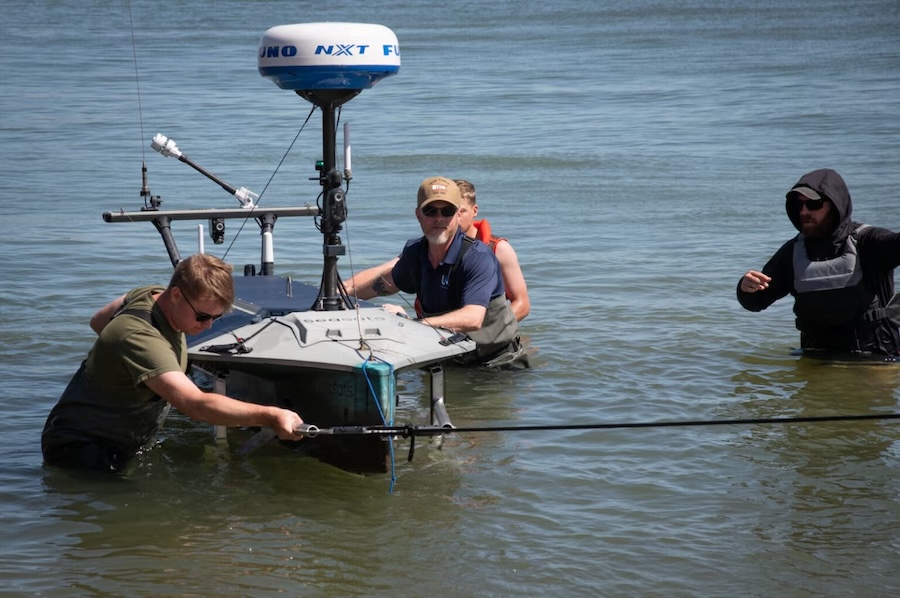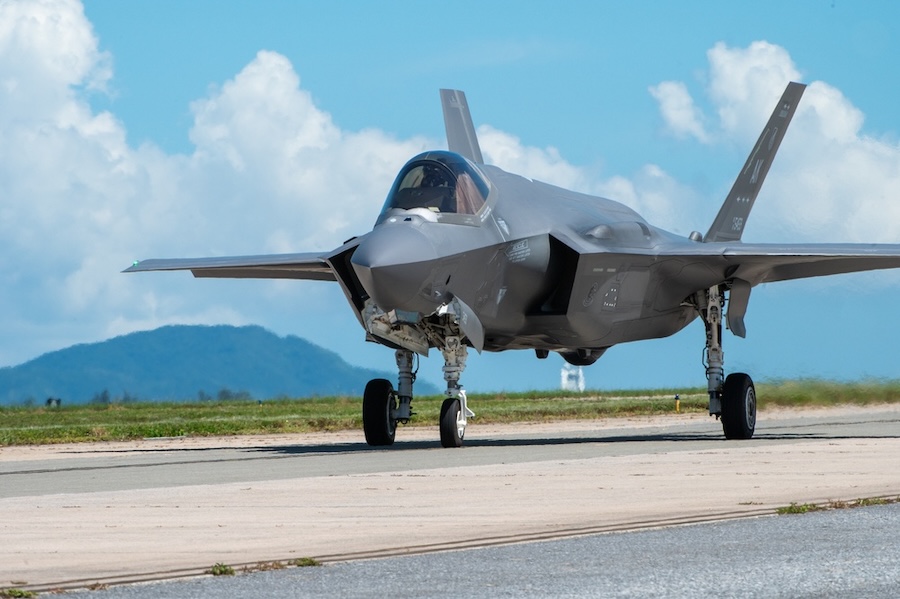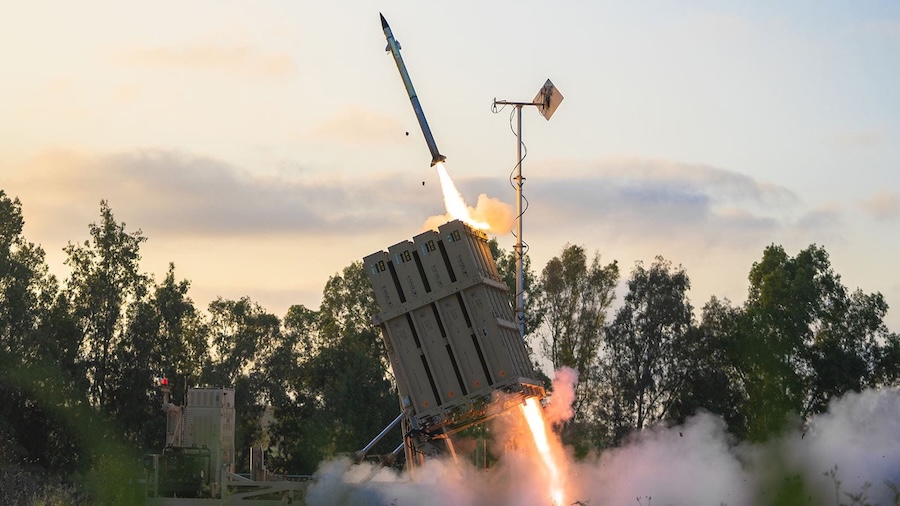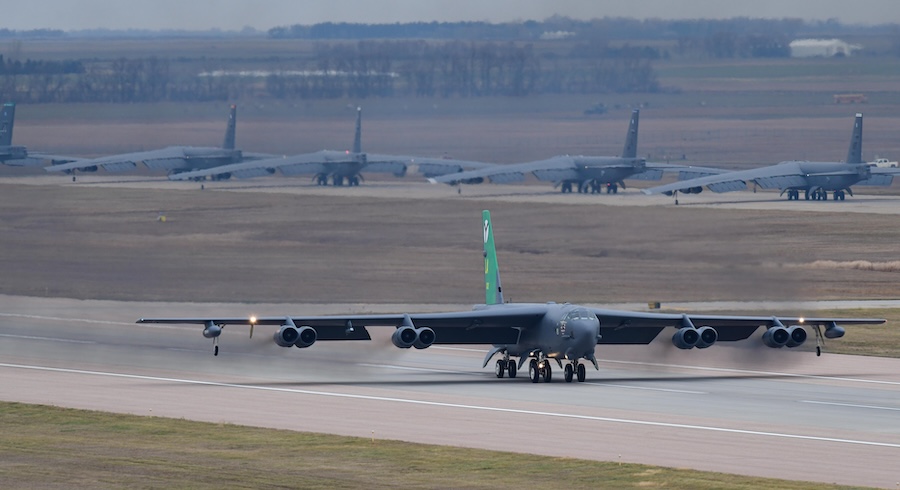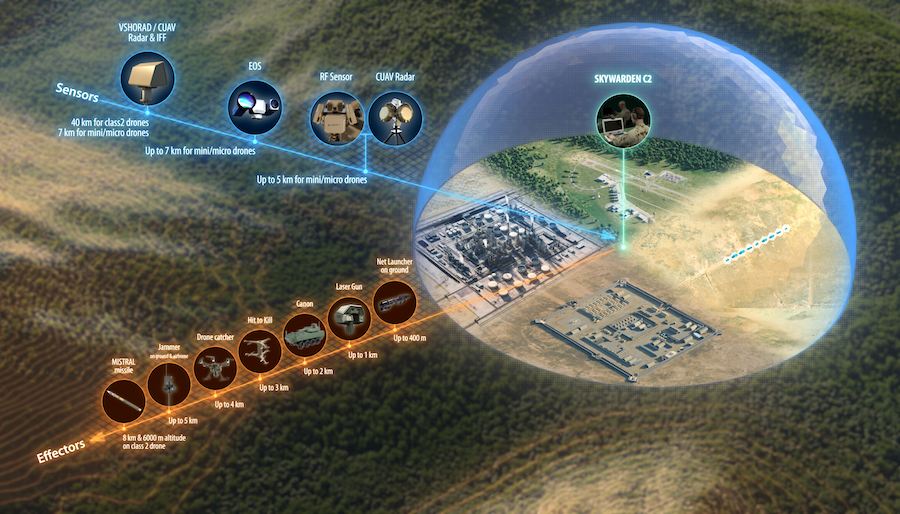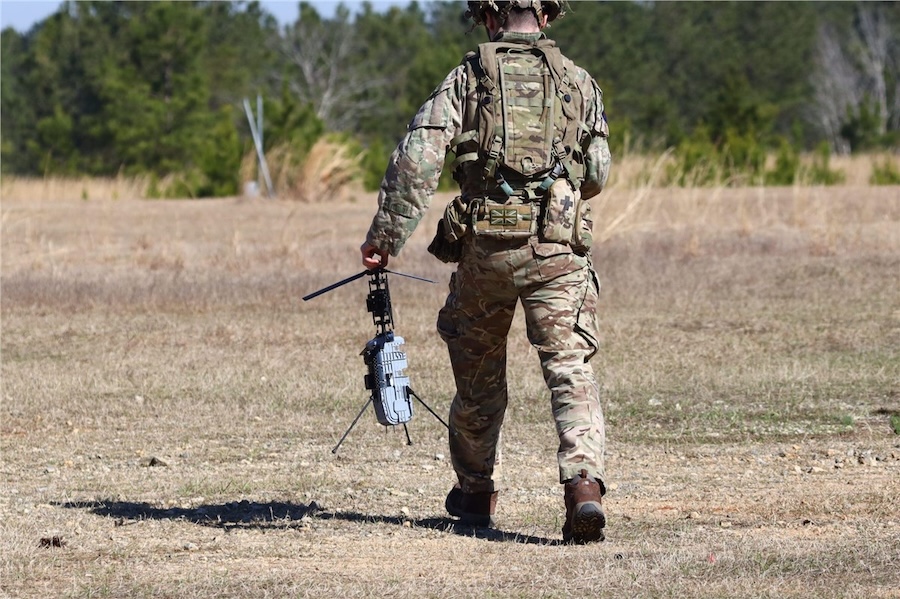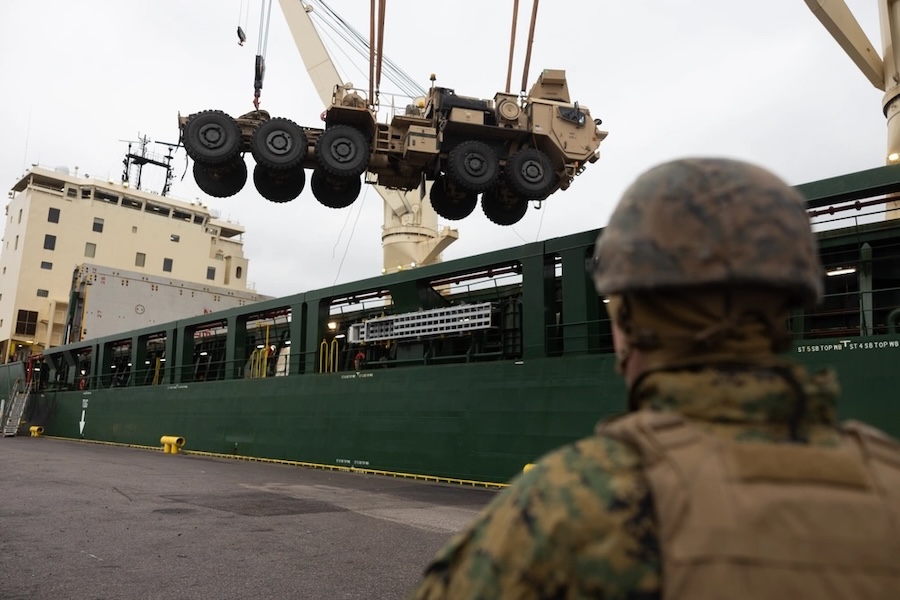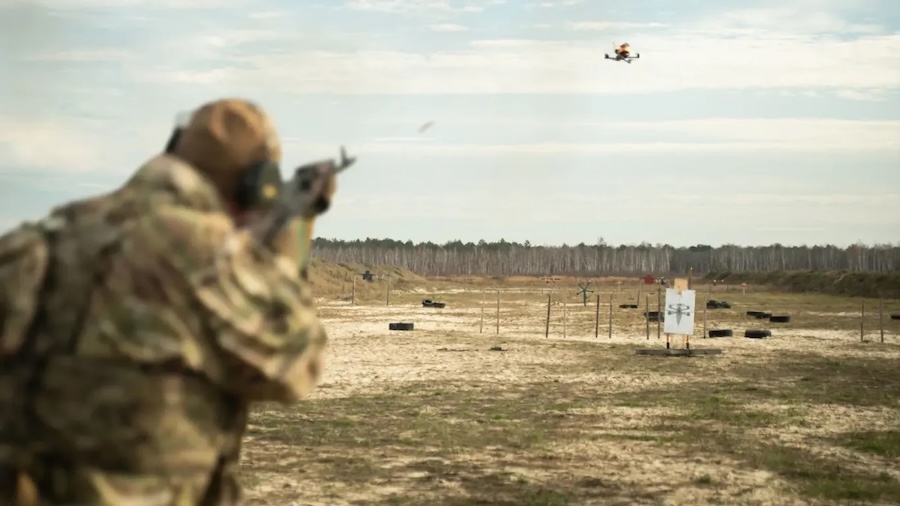Agile Spirit 25 marks the 12th iteration of the biennial multinational exercise, designed to enhance readiness and cooperation among allied forces. “Agile Spirit 25 is… designed to enhance readiness, interoperability and combined operational capabilities, which promotes our countries’ shared goal of security and stability in the Black Sea Region,” said Col. Will Cox, Co-Exercise Director.
Cox also noted that the U.S. Army Europe and Africa has prioritised innovation and experimentation to boost operational safety. As part of this drive, the Army is evaluating multiple autonomous vehicle providers to integrate advanced technologies into military operations.
The ULTRA prototype tested during the exercise is fully autonomous and powered by artificial intelligence. “We’re trying to keep soldiers off the front lines and keep our warfighters safe,” said Adam Ungar, Senior Program Manager at Overland AI.
Ungar emphasised the life-saving potential of deploying autonomous vehicles in dangerous zones. He said such systems offer “immeasurable” value by replacing human presence in high-risk scenarios.
“Uncrewed systems are radically changing the character of war,” stated Byron Boots, Co-founder and CEO of Overland AI. “We are developing autonomous ground vehicles like ULTRA to provide safety by taking the warfighter out of harm’s way.”
During the exercise, Overland AI worked closely with U.S. Army personnel to understand operational needs, conducting resupply trials for mortar units. Soldiers from the 1st Squadron, 91st Cavalry Regiment, 173rd Airborne Brigade had prior training and quickly adapted to the system.
“I actually did some training on it [the ULTRA] back in Germany about two months ago,” said Pfc. Jonathan Brooks, a mortarman with the brigade. Initially uncertain about AI integration, Brooks found the vehicle’s abilities “amazing” and saw it as a support tool rather than a risk.
Equipped with advanced cameras and sensors, ULTRA navigates by detecting terrain changes and selecting alternative routes. “ULTRA was built to be modular and mission-adaptable from the start,” explained Chris Merz, Director of Product at Overland AI.
Merz said variants under development include support for casualty evacuation, counter-unmanned aircraft systems (C-UAS), and terrain-shaping tasks. Overland AI will demonstrate these variants in August 2025 for senior U.S. defence officials, including from OUSD R&E and SOCOM.
“Exercises are the way we practice and test those capabilities,” said Jonathan Fauth, Lead Exercise Planner for Agile Spirit 2025. “We break something, we fix it, then we come back and do it again.”
The ULTRA maintains full operator oversight via satellite or internet connection and can be pre-programmed for specific tasks or movement patterns. Spc. Jack Padberg, another mortarman, expressed support for wider adoption: “I would love to see more of it [the ULTRA] in the future… I think it can help us, as mortars, a lot.”
The ULTRA is an all-wheel drive, off-road vehicle with a top speed of 35 miles per hour. It can carry up to 1,000 pounds and has a cruising range of 100 miles at 20 mph, depending on terrain.
“ULTRA is designed to be attritable and costs more than an order of magnitude less than a traditional crewed combat vehicle,” said Boots. By removing the need to protect a human operator, he added, these systems are “lighter, more affordable” and scalable across the force.
Ungar confirmed that Overland AI also aims to expand ULTRA’s functions to include medical evacuation and breaching missions. “Breaching complex obstacles is among the most dangerous tasks for any unit,” said Chris Higgins, Director of Business Development. “We have been working closely… to develop uncrewed solutions… to ensure that robots, not humans, are first through the breach.”
Agile Spirit began in 2011 as a U.S. Marine-led training and evolved into a biennial U.S. Army Europe and Africa event by 2018. It also highlights the success of the 31-year partnership between the Georgia Army National Guard and the Republic of Georgia under the State Partnership Program.



